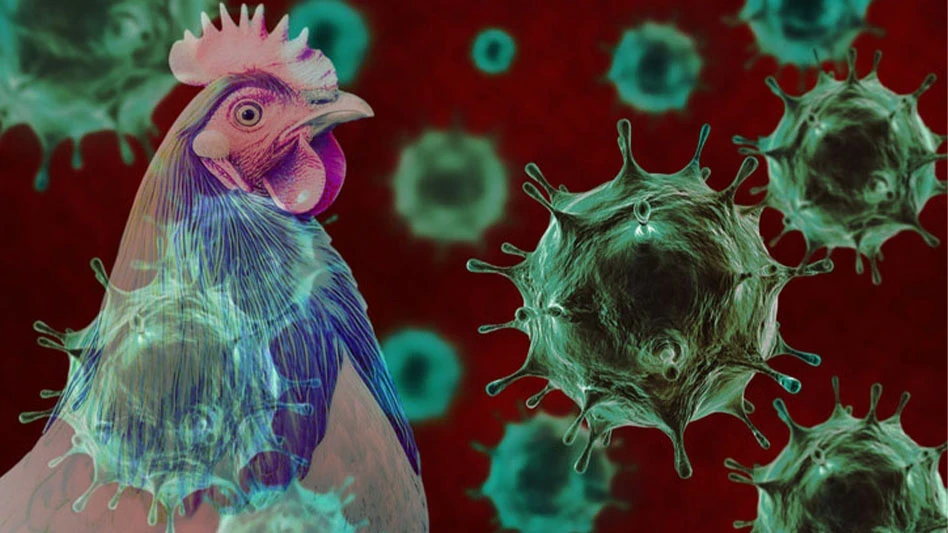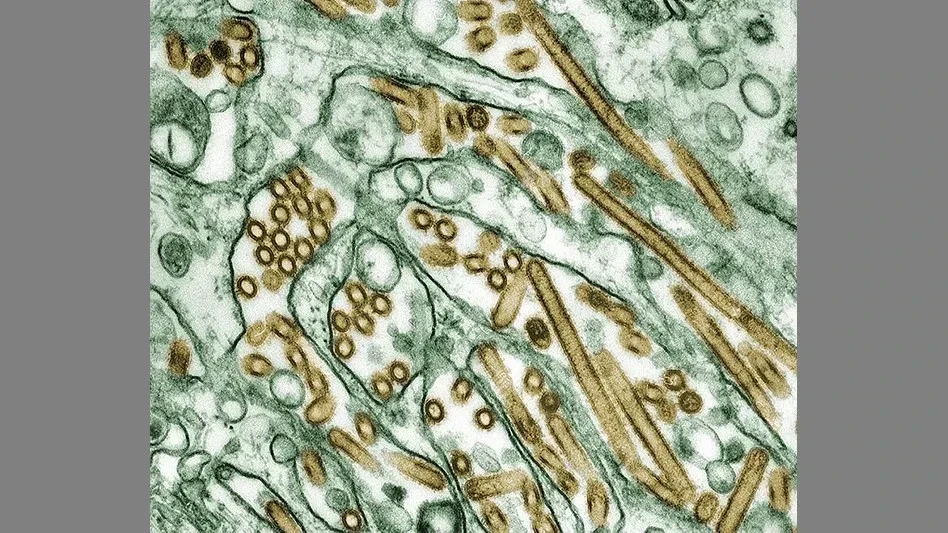
1. What are PFAS? Why should people be concerned about them in food?
PFAS are defined as a group of over 4,000 partially or fully fluorinated man-made compounds. These chemicals, because of their unique structures, tend to persist in their environments. They enter the food chain via water, soil or food-contact material that becomes contaminated through firefighting foams, processing plants, stain-resistant textiles, etc. Consequently, most Americans are exposed to PFAS daily, and research suggests elevated exposure may result in harmful health outcomes.
2. Are they regulated by the government?
While the EPA did release drinking water health advisories for PFAS, there are currently no regulations in the United States for food. The EU, however, assigned maximum levels on the four main PFAS (PFOS, PFOA, PFNA, PFHxS) in December 2022 for a variety of foods. Other regulating bodies will likely follow in the coming months/years.
3. How does NQAC Dublin test for these compounds?
Our method can quantify 55 PFAS in a variety of foods with quantitation limits that align with EU regulations. We use a solid phase extraction technique paired with liquid chromatography tandem mass spectrometry (LC-MS/MS). This approach is widely accepted by the analytical science community as a highly effective method in targeted PFAS analysis.
4. What foods can you test?
Our PFAS method at NQAC Dublin is validated for baby foods, milk-based products, meat, fish, eggs, coffee and oils. Preliminary studies on food packaging are also in progress.
5. Why is PFAS analysis such a challenge?
These compounds are ubiquitous in the environment, which can cause contamination that may be tough to pinpoint and remove. Some of the maximum limits set by the EU are in the single-digit parts per trillion range (one second in 31,500 years), and instrument sensitivity in these ranges can be difficult to maintain. To keep a robust and high performing analytical method on criteria such as precision and trueness at these levels, we begin to reach the performance limits of the analytical equipment.
Get curated news on YOUR industry.
Enter your email to receive our newsletters.
Explore the March April 2023 Issue
Check out more from this issue and find your next story to read.
Latest from Quality Assurance & Food Safety
- Penn State Course Covers Fundamentals of Food Science
- Joint FAO/WHO Expert Committee on Food Additives Seeks Experts
- FDA Reschedules Webinar on Updated ‘Healthy’ Claim
- Thousands More Laid Off at FDA, CDC in HHS Restructuring
- USDA Extends Deadline on Request for Information for Poultry Quality Standards
- Dessert Holdings Issues Allergy Alert on Undeclared Pecans in Favorite Day Cheesecake
- Idaho Smokehouse Partners Recalls Beef Sticks Due to Possible Foreign Matter Contamination
- IDFA Leadership Symposium Set for June 23-26





